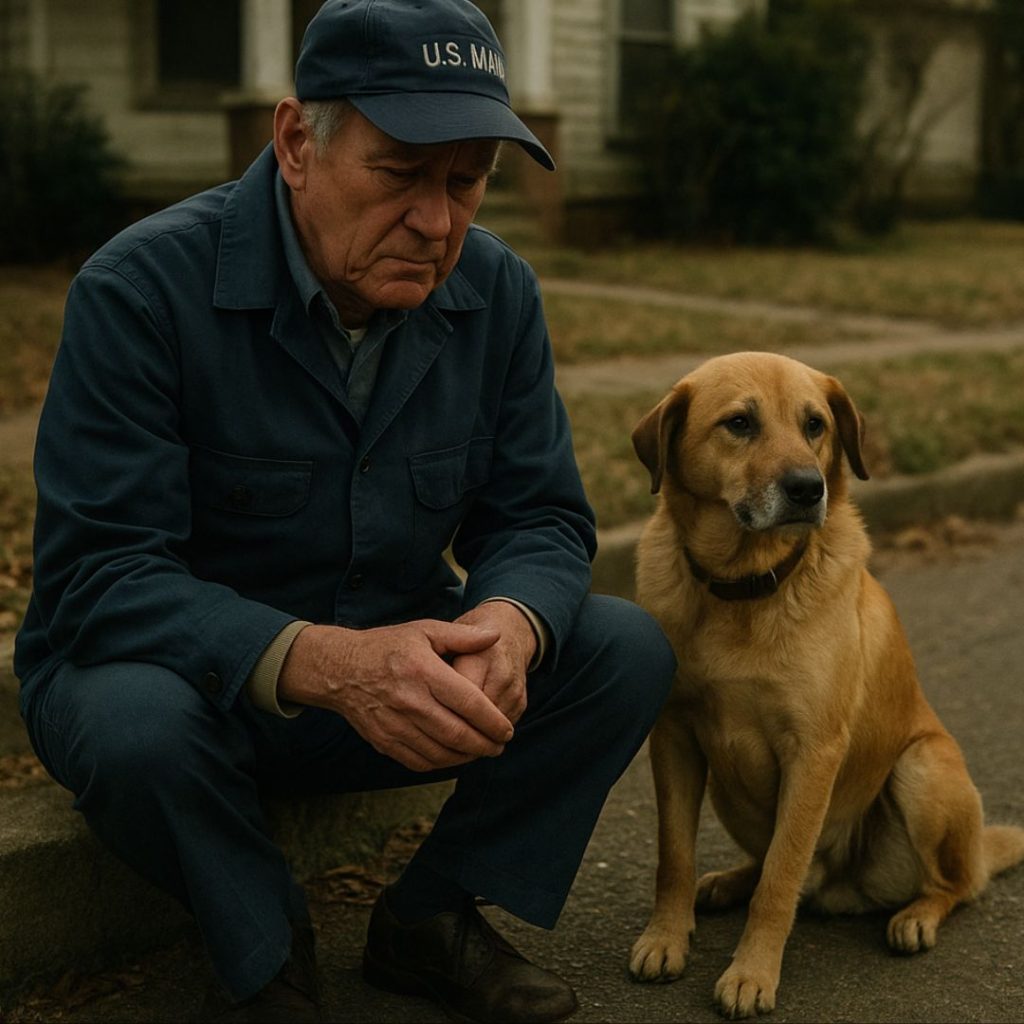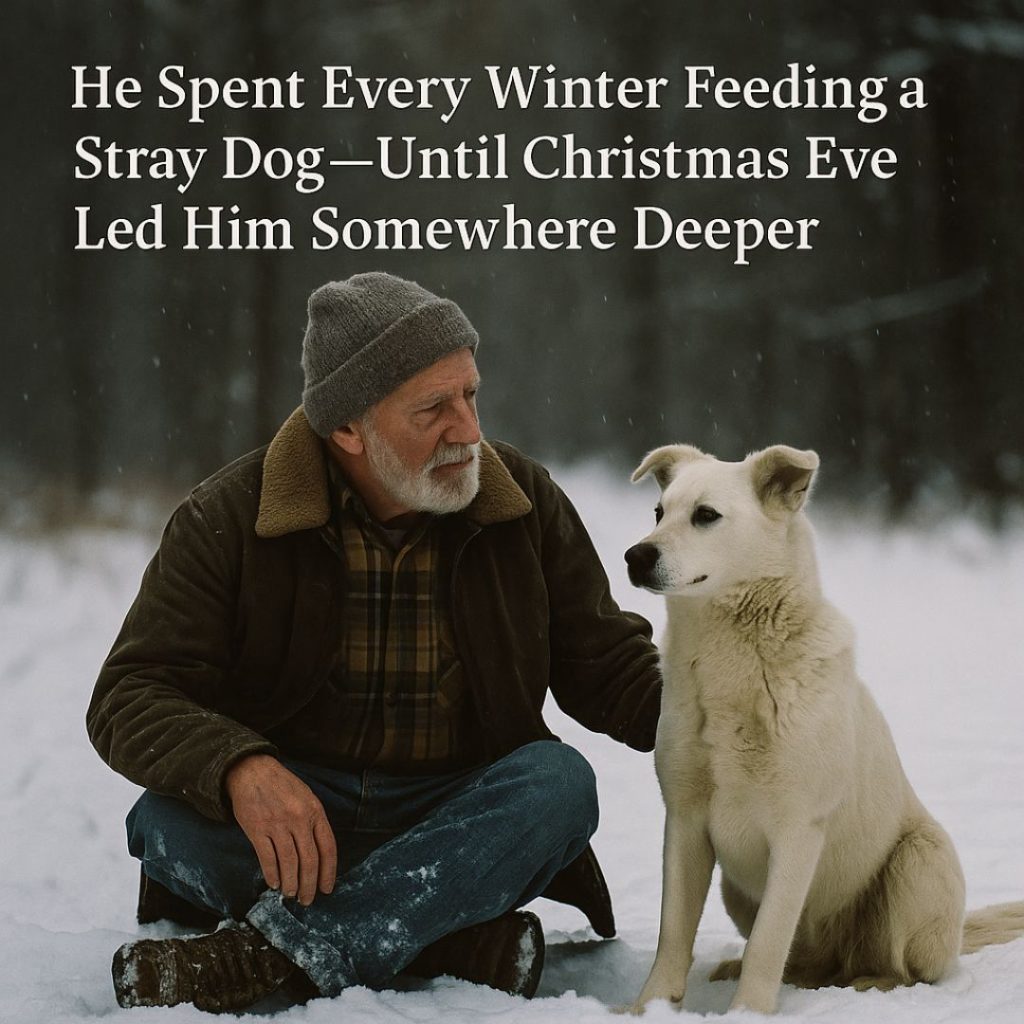They started tearing the barn down that afternoon.
I sat in my car, windows down, listening to the boards scream. The old barn never asked for a proper goodbye. It just went down the same way it was built — with effort, dust, and the kind of noise that echoes for years.
I didn’t cry this time.
I’d already done my weeping.
The machines moved fast. Precision blades, hydraulic claws. It took two hours to undo what took generations to build.
They avoided the fence.
Maybe they thought it didn’t matter. Or maybe they understood — some things aren’t theirs to touch.
Weeks passed. I didn’t go back.
Not until my granddaughter, Addie, asked about the boots.
She was ten. Smart. Freckled. More like me than I care to admit.
We were in the garage, rummaging through boxes of old photos. She pulled out a dusty picture — me and Daddy sitting on the tailgate, my legs dangling, his hands black with grease, both of us laughing at something long forgotten.
“These your boots, Nana?” she asked, pointing to my feet in the photo.
“No,” I said. “They were his.”
She looked up, curious. “Where are they now?”
I thought about lying. About saying they were in a box somewhere or had been donated. But that felt wrong.
“They’re in the dirt,” I said. “Where they belong.”
She blinked, quiet. “That’s weird.”
“Maybe,” I smiled. “But some things aren’t meant to be saved. They’re meant to stay where they were needed.”
We drove out the next Saturday.
The land looked different. Most of the trees were gone. Foundations poured. Model homes rising like teeth.
But the fence — the fence still stood.
Somehow.
One stretch of it, about 200 feet, untouched. The old post still holding. Grass growing around it wild and unbothered. And right there, in a stubborn little patch of sunlight, the bluebonnets had bloomed.
Addie ran to them before I could stop her.
“Nana! Look! Flowers!”
I walked slowly, Daddy’s boots still on my feet. They were cracked worse now. I’d glued the sole but it peeled again. Every step was uneven. But I wore them because I could still feel him in them.
Addie crouched by the post. Her fingers hovered over one blossom.
“Don’t pick it,” I said gently.
“Why not?”
“Because it grew here for a reason.”
She looked up at me with the kind of gaze only a child gives — full of questions, wide as the sky.
I bent down and placed my hand on hers.
“This was your great-grandpa’s land,” I said. “And these flowers… they’re his way of saying he’s still around.”
“Even with all the houses?”
“Even then.”
We sat on the grass, backs against the fence, just like Daddy and I used to.
I told her stories — about summer mornings, hard work, thunderstorms we watched from the truck. About Mama’s pies and the way Daddy danced when he thought no one was looking. About the fence line that held our life together even when everything else fell apart.
She listened.
Didn’t interrupt. Just nodded.
When it was time to leave, I stood and looked back one last time.
The boots felt like they might split apart. But they’d held.
Same as Daddy.
Same as the fence.
In my kitchen now, there’s a photo on the fridge. Me, Addie, and a crooked old fence blooming with bluebonnets behind us. The caption reads:
“Some things don’t need fixing. They just need remembering.”
And sometimes, on quiet mornings, I walk the edge of our small backyard — in boots two sizes too big — and I swear I hear him again:
“Keep going, kiddo. You’re doing just fine.”


